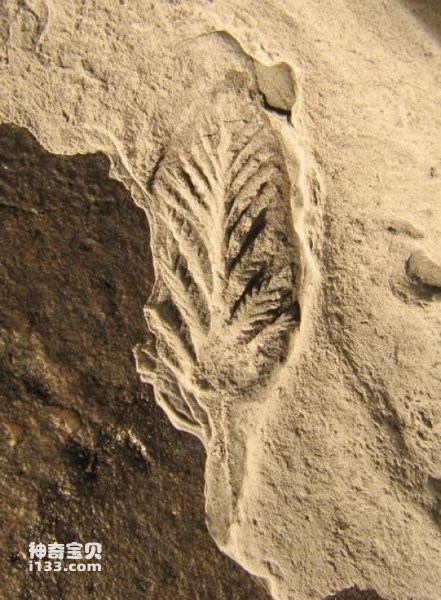Bigger has advantages, at least in ancient oceans. Professor Marc Laflamme from the University of Toronto Mississauga campus explained why ancient organisms tended to become larger. For early multicellular organisms, size was really a huge advantage. In order to apply NASA's Space Institute research to the origin of primitive life on Earth, the research team used a model called "canopy flow" to reconstruct deep ocean currents 580 million years ago.
3D models help map how communities of bacteria and multicellular organisms competed for nutrients in the Precambrian ocean. Published in Ocean Current Biology, the primitive multicellular organisms in the Ediacaran biota had a larger body size, which allowed them to be closer to the nutrient-rich ocean currents above the seafloor. These extinct leaf-shaped creatures could grow to more than 1 meter tall and are believed to be the earliest large-scale multicellular life. Laflamme was also interested in whether the Ediacaran biota were the earliest lineage of animals or an entire group of extinct multicellular organisms.
Laflamme and his colleagues believe that Ediacarans were able to absorb nutrients efficiently to compensate for the high energy costs of increasing size, and they could also change the direction of surrounding ocean currents, further promoting their increase in size. It has always been difficult for the scientific community to explain why the earliest living organisms became larger. This study shows that increasing body size enabled later animals and plants to break away from the world dominated by microorganisms and open up a broader living environment.

Leaf-like lifeforms of the Ediacaran biota
animal tags:
We created this article in conjunction with AI technology, then made sure it was fact-checked and edited by a Animals Top editor.